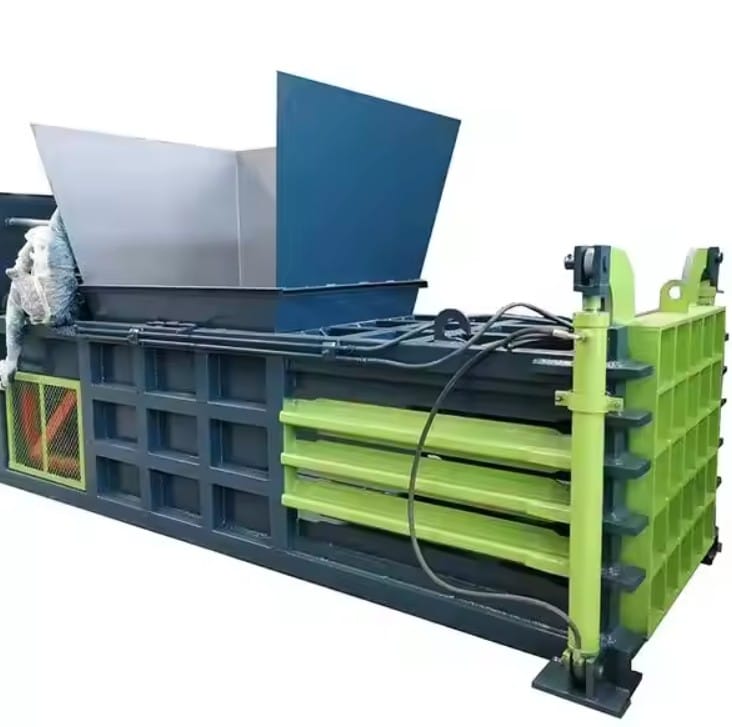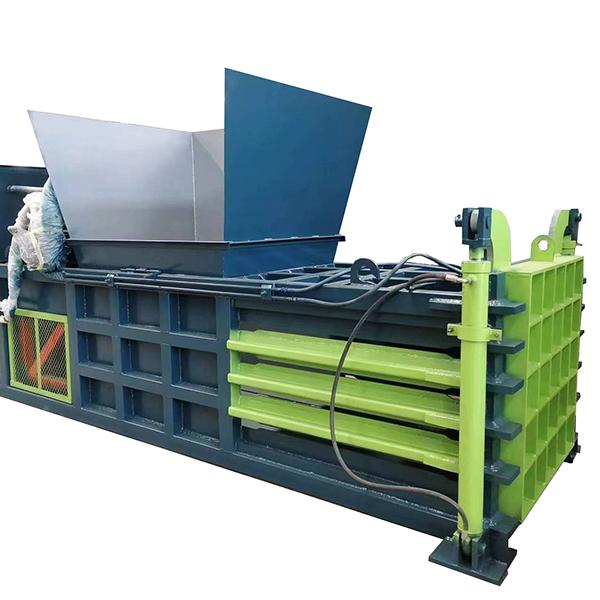20251ME2: Cotton collection & Packaging System

Brief Description & Functionality
Cotton, which we use for clothing and other products, comes from the cotton boll, which is the fruit of the cotton plant. These bolls, after ripening and drying, burst open to reveal the fluffy, white cotton fibers. The cotton fibers are attached to the seeds inside the boll.
A cotton bale is a large, rectangular package of processed cotton fibers, prepared after the ginning and pressing of the raw cotton crop. The process separates the fibers from the seeds and other impurities, then compresses them into a dense form for easier storage and transport.
Cotton bales of various densities and weights were used. Square bales came to 500 lb average and round bales came to a standard of 250 lb weight. Standard and high-density presses at gins began to be widely used. These bales weighed about 500 lb and were packaged at densities of about 24 and 32 lb/ft³, respectively. Bale packaging is the final step in processing cotton at the gin.
Features:
Compression:
The primary function is to reduce the volume of cotton by compressing it into a bale. This is typically achieved using hydraulic cylinders and a pressing chamber.
Binding:
Once compressed, the bales are secured with straps or wires to maintain their shape and density.
Automation:
Fully automatic, with features like auto-compression, auto-straps and auto-pushers, minimizing manual labor and maximizing efficiency.
Safety Features:
Safety mechanisms, such as emergency stops and safety interlocks, are crucial for operator protection.
Control Panel:
A control panel allows operators to monitor and adjust machine settings, including bale density and production speed.
Hydraulic System:
Many machines utilize an energy-efficient hydraulic system, often using oil as the hydraulic medium, which contributes to lower maintenance costs.
Bale Size and Weight:
The machines are designed to produce bales of a standard size and weight, often around 1 cubic feet and 3 kg.
Capacity:
Production capacity: capable of producing 30-35 bales per hour
Maintenance:
Machines are designed for ease of maintenance, with readily accessible parts and standardized components for easy replacement.
Space Requirements:
The footprint of the system is 1 m x 1 m.
Market Survey

Useful Resources
Skills Required
- CAD design
- PCB Design
- Circuit Simulation
- PCB Milling
- SMT Soldering
- Electronic Testing
- Arduino Programming
- Machining on Lathe
- Milling on VMC
- Drilling
- Sheet cutting
- Sheet bending
- Arc Welding
